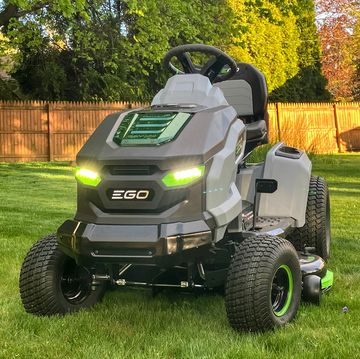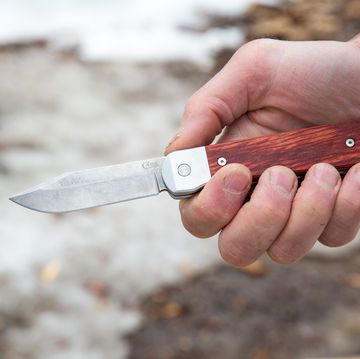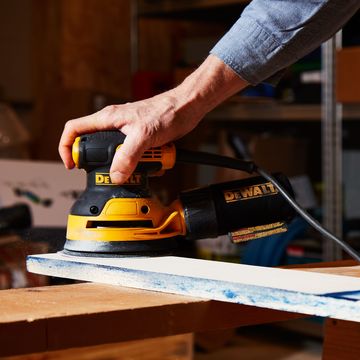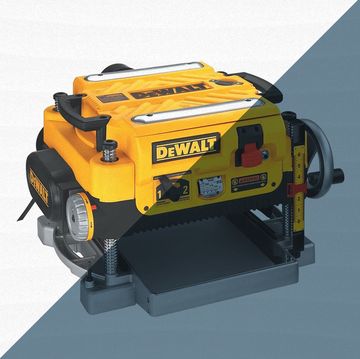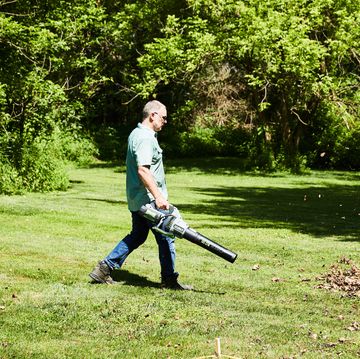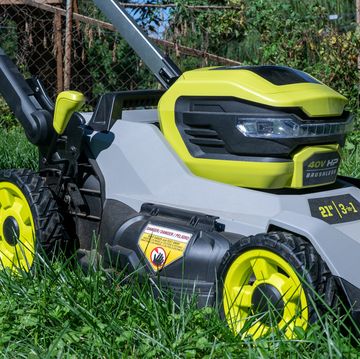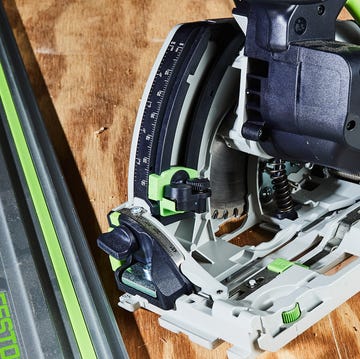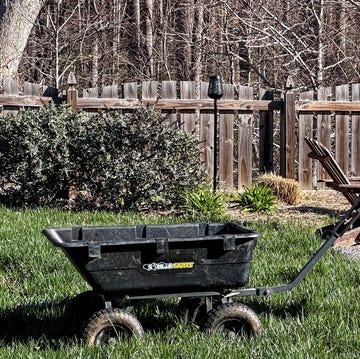The average person who handles a chainsaw is unsafe with it. "It doesn't take much to greatly improve your safety with a chainsaw," says Cary Shepherd, National Training Specialist for outdoor power equipment maker Husqvarna. "First, you have to use personal protective equipment like chainsaw chaps and a helmet. Next, don't overlook the obvious. Read the saw's owner's manual and follow its instructions for operation and maintenance." He's spent the last 18 years traveling the country conducting workshops with professional woodcutters, arborists and amateurs. "You have to know what the work application risks are," Shepherd says. "If an accident is thought of as an unplanned event, then you have to make a plan to prevent it from happening or reduce the severity should an accident occur." All it took was a half an hour on the phone with him to convince me that I needed to brush up on some safety basics.
Where To Begin
"Safety begins long before you start the saw, fell the tree or cut up some firewood," Shepherd says.
First, he advises, give the saw a five-point inspection. Look for the following:
1. Basics
There should be no signs of damage, leaking fuel or lubricant, loose or missing nuts, bolts or other parts.
2. Air Filter
Air flow in a chainsaw is critical. In 60 seconds it takes in more air than a person does in 10 hours. The air filter should be clean and undamaged.
3. Starter Assembly
The starter rope should not be loose or dangling. Remove the rope cover and tension properly or bring the saw to a dealer for repair.
4. Safety Features
The chain brake should stop the chain, and its action should be crisp.
The throttle interlock should be operational and you should find no throttle function without your hand pressing on the interlock.
The chain catcher is present and undamaged.
5. Bar and Chain
Oil supply hole is clear
Chain is sharp
Chain bar groove is clean
Chain sprocket turns freely and does not exhibit unusual wear or damage.
Basic Saw Handling
It's easy to lose your balance when working with a chain saw due to the reactive forces it produces while it cuts. When you cut on the bottom of the bar, the saw will pull you toward the log. When you cut on top of the bar, the saw will push toward you. You can help offset both forces by standing properly. Given that the saw is designed to be operated with your right hand on the throttle and your left on the front handle, stand with your left leg and foot slightly forward, and both knees bent. It's the familiar boxer's stance.
Given that your left leg is forward, it's the most likely to be injured. Chainsaw injury statistics bear out that other than getting hit by a falling object or the tree itself (the most common sources of injury) you're most likely to cut your left leg or your left foot. The solution is twofold:
1. Take your time as you cut and let the saw do the work. Remember your stance and pay careful attention to where your feet are relative to the saw and where the wood will fall after it has been cut free.
2. Buy a pair of logging boots and chainsaw chaps.
The last chainsaw test that we performed was so rigorous, that I vowed to get a decent pair of logging boots before we did another one. I'm no stranger to the woods. I grew up spending a lot of time in them, but I also carried forward a tendency to use one pair of boots for everything: hunting, hiking, working and cutting firewood. Maybe it's because I'm getting older and don't feel as invincible as I did when I was 20 (I'm 51). When I use a chainsaw now, I want all the protection I can get.
Nasty Surprises
The vast majority of woodcutting-related injuries are not caused by the saw, Shepherd says. There are falling branches and debris; the falling tree is inherently dangerous, and wood under tension can spring back in surprising ways as its cut. "The majority of injuries (85 to 90 percent) occur within 15 feet of the tree stump," Shepherd says.
After you run through the checklist sited above, carefully size up the tree before you fell it. If you aren't clear about proper felling, limbing and bucking technique, then you don't belong in the woods with a saw. Get some instruction or read up on the topic. Assuming that you're clear on the basics of tree felling, plan your escape route before you begin. To establish that route, look in the direction that you plan to fell the tree, then picture two paths leading away from that fall line, both of which are at a 45 degree angle to it. Think of the letter Y. The stem of the Y is the direction the tree falls. Each branch of the Y is a direction you can take away from the tree. When the tree begins to fall, move at least 15 feet away from it along either of the escape routes.
"And if there's one cardinal rule," Shepherd says, "It's never turn your back on a falling tree."

Roy Berendsohn has worked for more than 25 years at Popular Mechanics, where he has written on carpentry, masonry, painting, plumbing, electrical, woodworking, blacksmithing, welding, lawn care, chainsaw use, and outdoor power equipment. When he’s not working on his own house, he volunteers with Sovereign Grace Church doing home repair for families in rural, suburban and urban locations throughout central and southern New Jersey.


